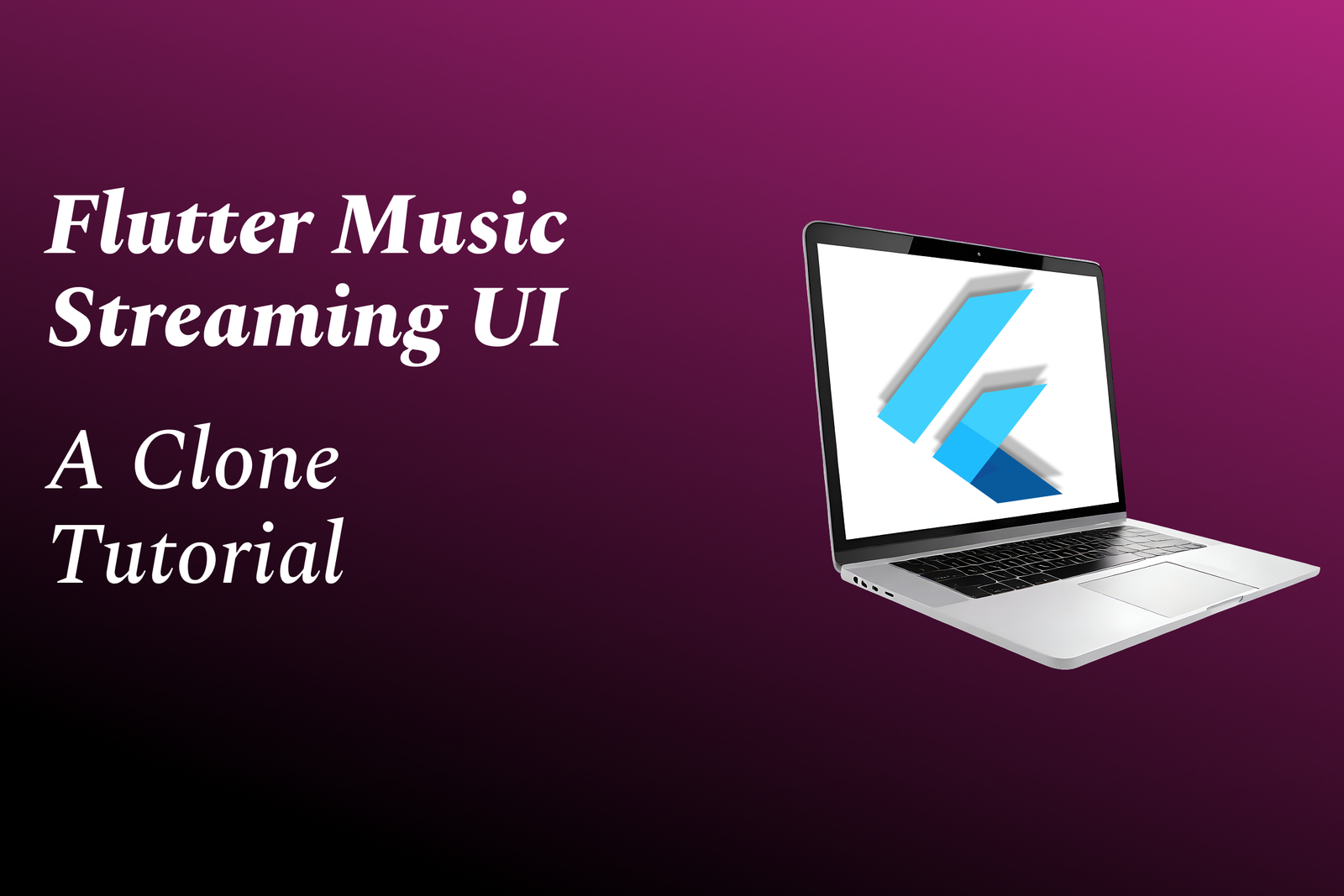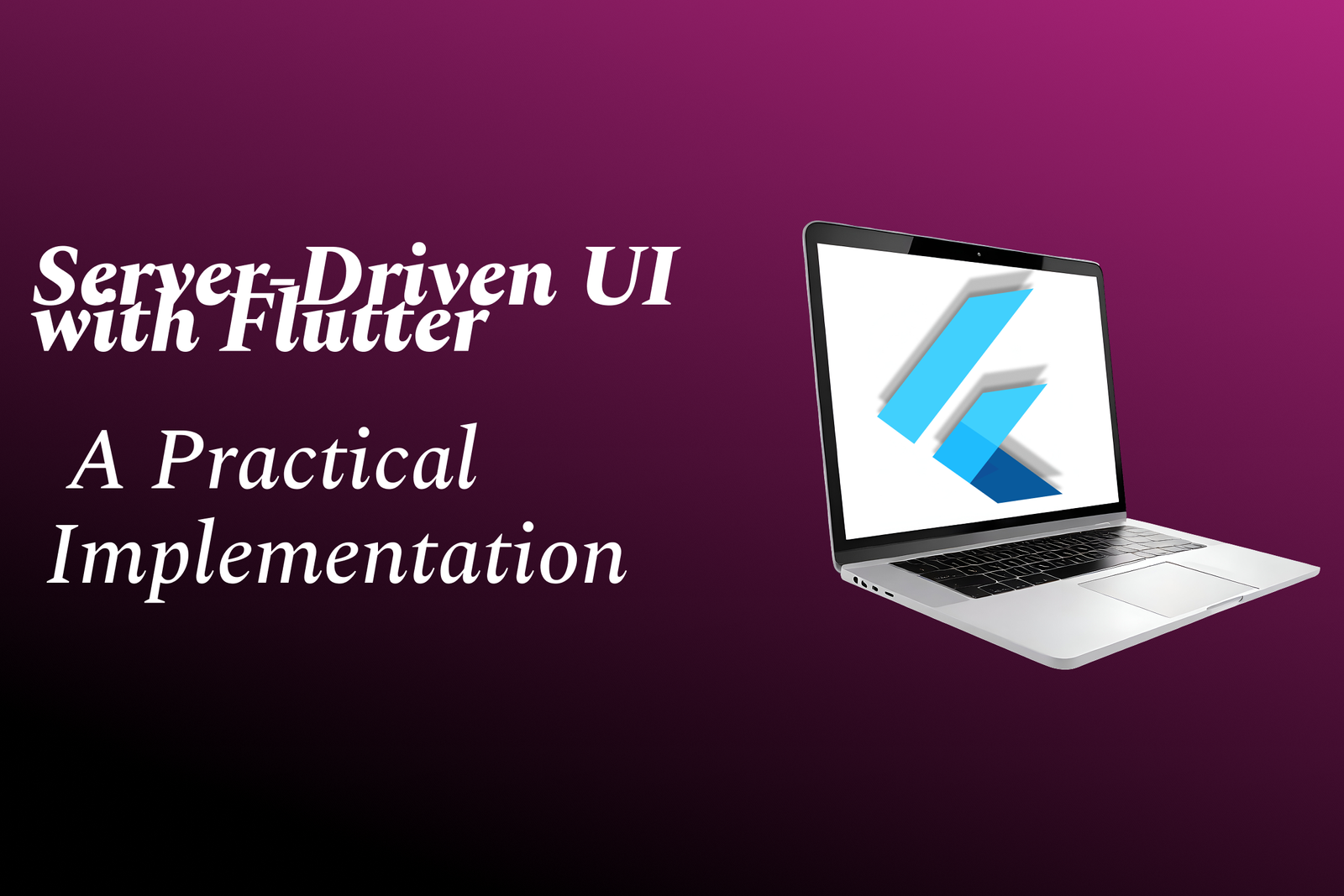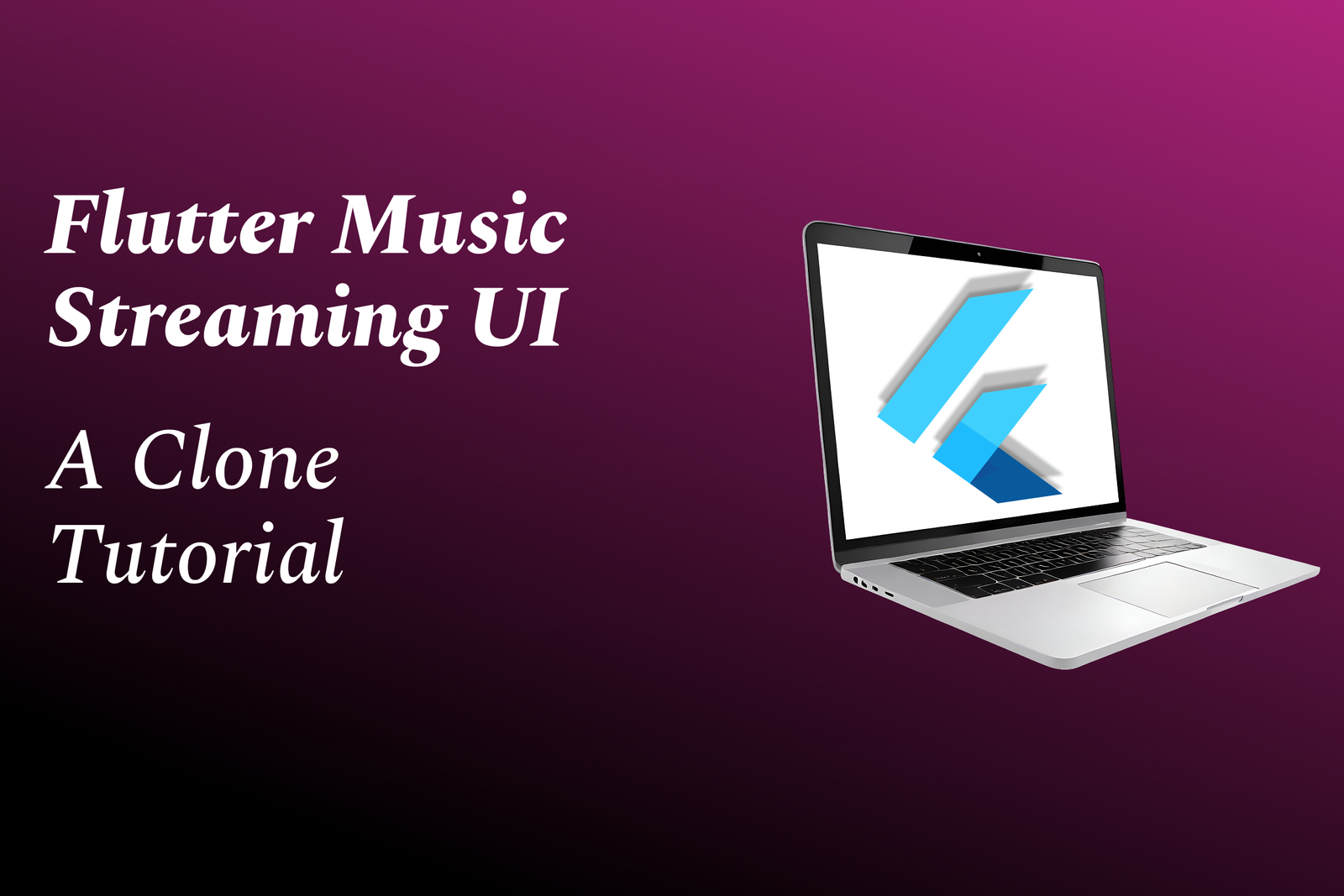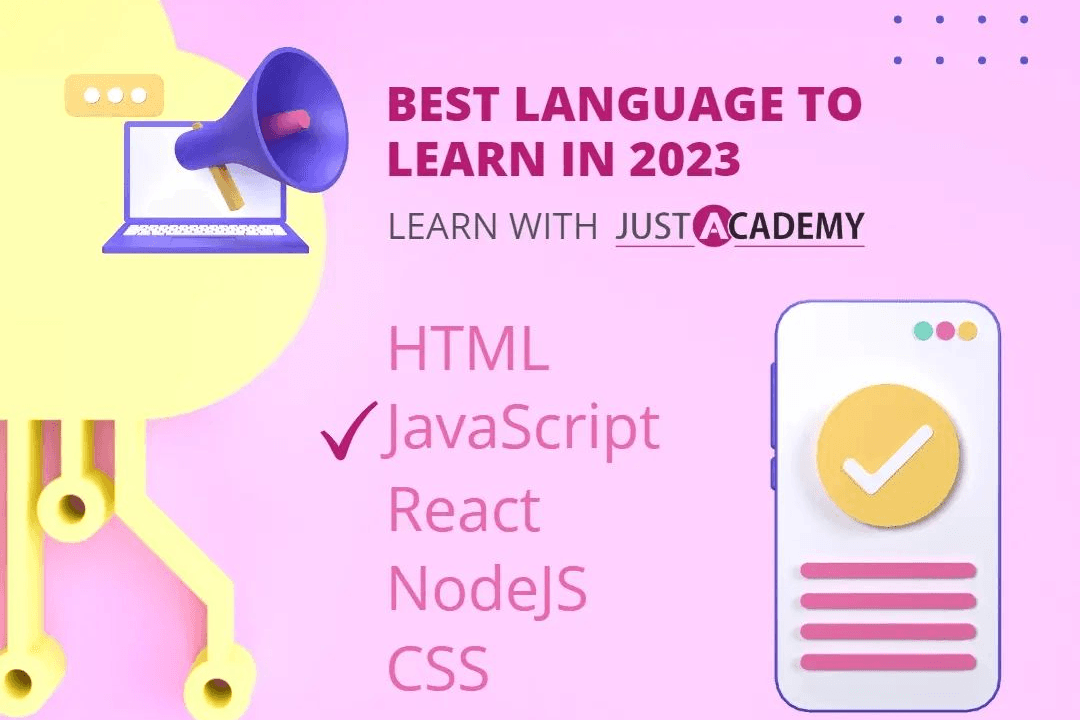history of PHP programming language
PHP, which stands for "Hypertext Preprocessor," is a powerful open-source scripting language that wa
history of PHP programming language
PHP, developed by Rasmus Lerdorf in 1994, was initially created to track visitors to his personal website, but quickly evolved into a full-fledged scripting language for building dynamic web pages. Its ease of use, open-source nature, and ability to seamlessly integrate with HTML made it an essential tool for web developers. Over the years, PHP has become the backbone of many popular websites and content management systems like WordPress, making it indispensable for creating interactive, fast, and scalable online applications. Its ongoing development and widespread community support continue to enhance its usefulness in modern web development.
To Download Our Brochure: https://www.justacademy.co/download-brochure-for-free
Message us for more information: +91 9987184296
PHP, developed by Rasmus Lerdorf in 1994, was initially created to track visitors to his personal website, but quickly evolved into a full fledged scripting language for building dynamic web pages. Its ease of use, open source nature, and ability to seamlessly integrate with HTML made it an essential tool for web developers. Over the years, PHP has become the backbone of many popular websites and content management systems like WordPress, making it indispensable for creating interactive, fast, and scalable online applications. Its ongoing development and widespread community support continue to enhance its usefulness in modern web development.
Course Overview
The ‘History of PHP Programming Language’ course explores the origins, evolution, and key milestones of PHP, highlighting its development from a simple scripting tool to a powerful server-side language. It covers major versions, features introduced over time, and PHP’s influence on web development, providing a comprehensive understanding of its technological journey.
Course Description
Discover the evolution of PHP, from its inception to its current role as a leading server-side scripting language. This course covers its historical milestones, key features, and impact on web development, offering insights into how PHP has shaped dynamic website creation over the years.
Key Features
1 - Comprehensive Tool Coverage: Provides hands-on training with a range of industry-standard testing tools, including Selenium, JIRA, LoadRunner, and TestRail.
2) Practical Exercises: Features real-world exercises and case studies to apply tools in various testing scenarios.
3) Interactive Learning: Includes interactive sessions with industry experts for personalized feedback and guidance.
4) Detailed Tutorials: Offers extensive tutorials and documentation on tool functionalities and best practices.
5) Advanced Techniques: Covers both fundamental and advanced techniques for using testing tools effectively.
6) Data Visualization: Integrates tools for visualizing test metrics and results, enhancing data interpretation and decision-making.
7) Tool Integration: Teaches how to integrate testing tools into the software development lifecycle for streamlined workflows.
8) Project-Based Learning: Focuses on project-based learning to build practical skills and create a portfolio of completed tasks.
9) Career Support: Provides resources and support for applying learned skills to real-world job scenarios, including resume building and interview preparation.
10) Up-to-Date Content: Ensures that course materials reflect the latest industry standards and tool updates.
Benefits of taking our course
Functional Tools
1 - PHP Development Environment Setup Tools: These include web servers like Apache or Nginx, PHP interpreters, and database systems such as MySQL or MariaDB. Setting up a local environment using tools like XAMPP, WAMP, or MAMP provides students with a simulated web server where they can write, test, and run PHP scripts effectively. These tools simplify the installation process and offer a unified platform for developing PHP applications, enabling students to understand real time project deployment and management from the very beginning of the course.
2) Integrated Development Environments (IDEs): Popular IDEs like PHPStorm, Visual Studio Code, and Sublime Text are used to enhance coding efficiency. These tools offer features such as syntax highlighting, code completion, debugging capabilities, and version control integration. Training students on these IDEs equips them with industry standard tools that improve coding accuracy, facilitate faster development, and help in understanding complex PHP frameworks, making the learning process smooth and professional.
3) Version Control Systems: Git and platforms like GitHub or Bitbucket are integral for collaborative development and code management. Students learn how to track changes, manage different code versions, and collaborate with peers using these tools. Incorporating version control in training emphasizes best practices in software development, ensuring students are prepared for real world projects where teamwork and code integrity are critical.
4) PHP Documentation and Reference Tools: Online resources such as PHP.net official documentation, Stack Overflow, and community forums provide essential references for understanding language features, functions, and troubleshooting. Training students on these sources enhances their self learning abilities, enabling them to efficiently find solutions, explore new functionalities, and stay updated with PHP’s evolving ecosystem, important for continuous professional growth.
5) Database Management Tools: Tools like phpMyAdmin, MySQL Workbench, and Sequel Pro are introduced for database development and management. Students learn how to create, modify, and query databases directly, which is fundamental for PHP based web projects involving data storage. Practical training on these tools helps students understand database connectivity, optimize queries, and design scalable data driven applications.
6) Testing and Debugging Tools: Debugging tools like Xdebug, PHP Debug Bar, and PHPUnit are utilized to identify and fix code errors systematically. Teaching students how to set breakpoints, step through code, and write unit tests fosters a disciplined approach to software quality assurance. These skills are vital for maintaining robust, secure, and reliable PHP applications, especially in the context of evolving PHP versions.
7) Frameworks and Libraries: Introducing tools such as Composer (dependency manager), Laravel, Symfony, and CodeIgniter enables students to understand the modern PHP development workflow. By learning how to install, update, and manage third party packages, students gain insight into modular programming and scalable project architecture, which are crucial components of PHP's modern programming practices.
8) Deployment and Hosting Tools: FTP clients like FileZilla, cPanel interfaces, and cloud services such as AWS, Google Cloud, or Azure are explored to teach students deployment strategies. Understanding how to upload and configure PHP applications in live environments prepares students for real world scenarios, helping them manage application hosting, domain configuration, and server security effectively.
9) Diagnostic and Performance Monitoring Tools: Tools like New Relic, Blackfire, and built in PHP performance metrics are covered to enhance application monitoring. Students learn how to analyze and optimize code performance, identify bottlenecks, and ensure that PHP applications run efficiently under load, which is essential for maintaining high quality web solutions.
10) Learning Management and Webinar Tools: Platforms such as Moodle, Zoom, or Microsoft Teams are employed for online training sessions, quizzes, and peer interactions. These tools facilitate a blended learning environment where students can access training resources remotely, participate in discussions, and collaborate on projects, making the training comprehensive and accessible regardless of location.
11 - Code Collaboration and Sharing Platforms: GitHub Gist, Bitbucket, and GitLab are introduced as repositories for sharing code snippets and collaborating on open source projects. Training on these platforms helps students develop code sharing habits, contribute to community projects, and understand the importance of open source contributions, reinforcing active engagement with the PHP community.
12) Continuous Integration/Continuous Deployment (CI/CD) Tools: Tools like Jenkins, Travis CI, CircleCI, and GitHub Actions are introduced to automate testing and deployment processes. Training students on CI/CD pipelines equips them with skills to integrate code changes frequently, run automated tests, and deploy applications seamlessly, ensuring faster release cycles and maintaining high software quality in real world projects.
13) Containerization and Virtualization Tools: Docker and Kubernetes are valuable for teaching students about environment consistency and scalable deployment. Hands on experience with containerization allows students to package PHP applications along with their dependencies, simplifying deployment across different environments and enabling efficient scaling, which is increasingly crucial in modern development workflows.
14) Security Testing and Protection Tools: Incorporating tools like OWASP ZAP, OpenVAS, and PHP security libraries educates students on identifying vulnerabilities such as SQL injection, XSS, and CSRF. Emphasizing security best practices ensures that students develop robust applications, understand how to protect user data, and adhere to compliance standards in real time project scenarios.
15) Performance Testing Tools: Apache JMeter, LoadNinja, and other load testing frameworks are utilized to simulate traffic and analyze how PHP applications perform under stress. Training on these tools prepares students to optimize application speed, handle high traffic loads, and ensure user satisfaction in production environments.
16) API Development and Testing Tools: Postman, Swagger, and Insomnia are introduced to facilitate RESTful API design, testing, and documentation. These skills are fundamental as PHP applications increasingly rely on integrations and microservices, enabling students to develop well documented and testable APIs for real time projects.
17) Front end Integration Tools: Basic knowledge of front end frameworks like Bootstrap, Vue.js, or React, and tools like Chrome DevTools and Webpack, helps students understand how PHP interacts with client side technologies. This comprehensive approach ensures students can develop full stack applications, improving usability and responsiveness.
18) Monitoring and Analytics Tools: Google Analytics, Hotjar, or Mixpanel are used to teach students how to track user engagement and gather actionable insights. Incorporating analytics tools helps students create data driven applications and optimize user experience in their projects.
19) Code Quality and Linting Tools: Tools such as PHP CodeSniffer, PHPStan, and Psalm emphasize code consistency, quality, and static analysis. Regular use of these tools during development promotes best coding practices, reduces bugs, and ensures maintainable codebases, vital for professional PHP development.
20) Cloud Development Platforms: Platforms like Heroku, DigitalOcean, and Azure App Service enable students to learn cloud deployment and management. Cloud platforms teach scalability, resource management, and cost optimization, preparing students for deploying enterprise level PHP applications.
21 - Data Migration and Backup Tools: Tools such as phpMyAdmin backups, mysqldump, and cloud backup services educate students on data safety, recovery strategies, and migration techniques. These are crucial skills for maintaining data integrity in live environments.
22) Collaboration and Code Review Tools: Integrating automated code review systems like Crucible or SonarQube introduces students to thorough code inspection and quality assurance processes, fostering a collaborative team environment and improving code standards.
23) Real Time Communication and Notification Tools: Utilizing WebSocket libraries, Pusher, or Firebase allows students to implement real time features like chat applications or live notifications within PHP projects, expanding their capability to develop interactive, dynamic applications.
24) Backup and Disaster Recovery Planning: Teaching the use of snapshot tools, backup schedulers, and disaster recovery planning ensures students understand how to safeguard projects and minimize downtime, an essential aspect of maintaining operational continuity in real time projects.
Browse our course links : https://www.justacademy.co/all-courses
To Join our FREE DEMO Session:
This information is sourced from JustAcademy
Contact Info:
Roshan Chaturvedi
Message us on Whatsapp:
Email id: info@justacademy.co
Effect of Stabilizer Dihedral and Static Lift on T-Tail Flutter
Best Manual Testing In Banglore
React Native Best Framework
Comprehensive History and Evolution of PHP Programming Language: From Inception to Modern Web Development
Ultimate Guide to the History and Evolution of PHP Programming Language
Comprehensive History of PHP Programming Language: Origins, Evolution, and Key Milestones
In-Depth History of PHP Programming Language: Origins, Development, and Major Milestones











